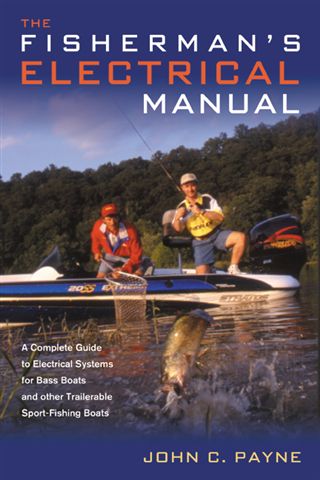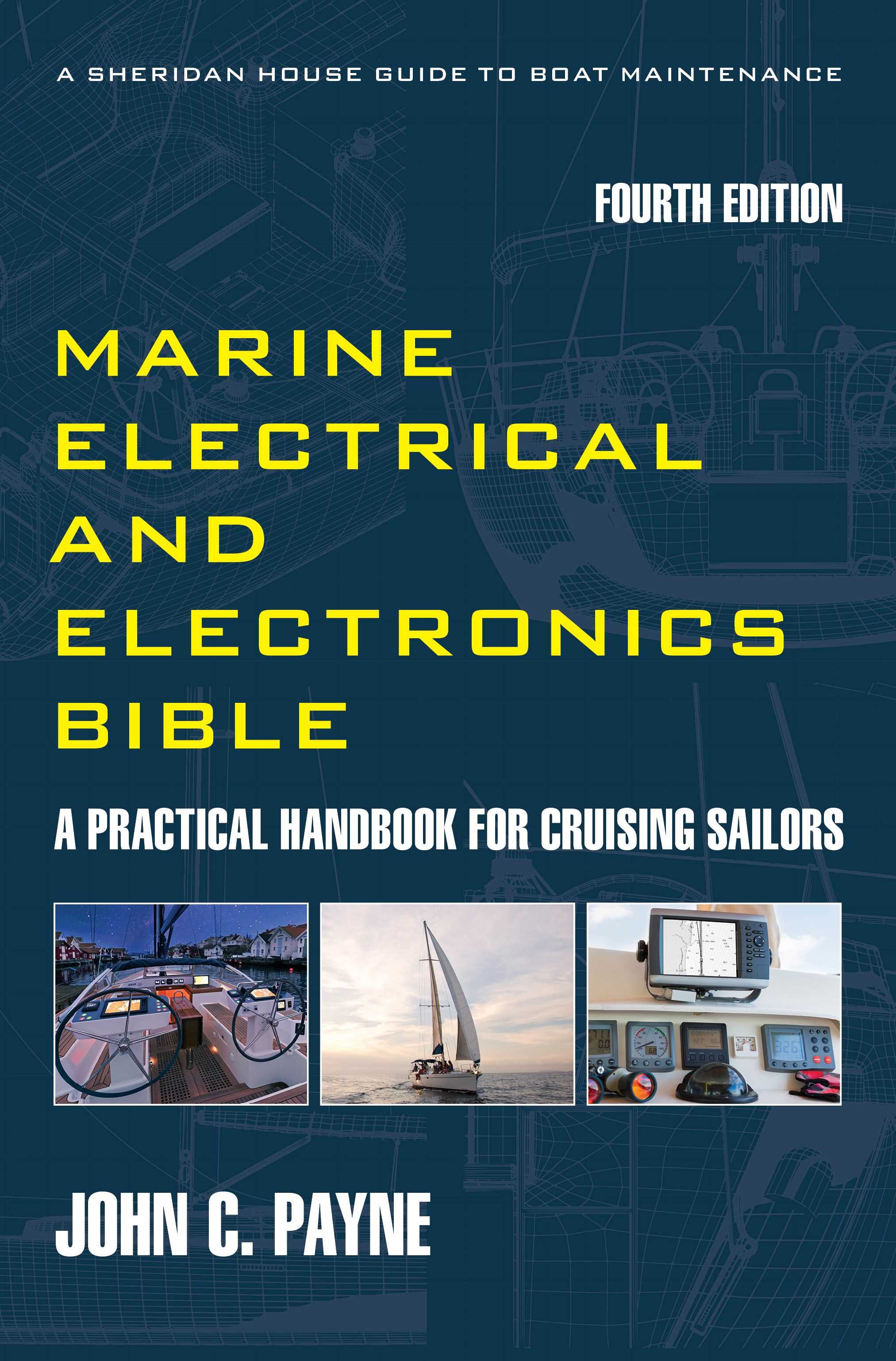About trolling motors
ABOUT TROLLING MOTORS - GOT A PROBLEM? THEN READ THROUGH THIS PAGE!
Trolling motors have revolutionised fishing, and that is for most types of fishing whether it be Bass, Walleye, saltwater or freshwater.
They are used to slowly and quietly hold position or troll along drop-offs and weedlines, zig-zag along weed beds, or slow the drift rate against wind, waves and currents.
They come in many configurations, bow mount and transom mount. Motorguide and Minn Kota are the main motor manufacturers.
If you want to know about then this article is extracted from The Fisherman’s Electrical Manual, get your copy today!
HOW TO SELECT TROLLING MOTORS
There are a number of considerations when selecting a motor apart from the budget. Is it bow or stern mounted? Fishing boats do not generally travel in a straight line.
It is easier to pull a boat along rather than push it, and easier to move a bow rather than a stern around. The bow mounted unit is most common as it gives greater control, faster response and more precise positioning. This uses less thrust and less power. What about the control system? Hand tiller, foot switch, hand or laser wireless. Which voltage and thrust rating do you need?
WHAT DOES THE TERM THRUST MEAN?
Trolling motors are specified in terms of the thrust output capability. It is the thrust and not the output of the electric motor in kW or HP that determines effectiveness. Thrust is a static measurement of force. It is a result of the power developed by the electric motor, the propeller shape, pitch and dimensions, and the speed in rev/min.
The propellers are designed to achieve maximum acceleration for immediate response. Although frequently quoted there is no precise correlation between thrust and horsepower. The figure of 15 lbs of thrust does not equal one horsepower so use caution when using the numbers. Check out these sources for more on trolling motors.
The Marine Electrical and Electronics Bible 4th has a lot of information on boat electrical systems both power and sail. Buy a copy here.
ABOUT SELECTING TROLLING MOTORS BATTERY CAPACITY
Battery principles are covered in the battery chapter of The Fisherman’s Electrical Manual and click on the link at the bottom of this page. For example, a 55 lb thrust motor unit that takes 40 amps is installed. Each use period will be 6 hours at average half load of 20 amps. This means that the motor will require a battery load of 120 Ah. A battery bank rated at 240 Ah capacity is selected so that deep cycling is to 50%.
Ideally the nominal rating of the battery bank will be 20 amps at the 10 hour rate. If the trolling motor is used at higher average levels, i.e. 30 or 40 amps, the actual available battery capacity will be reduced 10-15% or more. This is called Peukerts Coefficient. Always select a battery bank rated at the 10 hour rate if possible. This will match the trolling motor current requirement as close as possible to the battery characteristics while you are fishing.
WHAT IS PWM SPEED CONTROL?
The Pulse Width Modulated (PWM) system uses transistors that are rapidly switched on and off, or pulsed. The Motorguide DuraAmp and the Minn Kota Maximiser switches on and off at around 20,000 – 30,000 times per second. The transistor switch on/off times are controlled and the current flow level is dependent on the ratio between the On and Off periods. The larger the ratio, the more current that will flow. The lower the ratio, the less current that will flow.
This variable on/off ratio gives a square wave. The PWM is a much more efficient system than dropping resistors or coils. The pulses reach full voltage and produce greater motor torque. The only disadvantage is the generation of electrical interference. As all trolling-motors at switch on with load they can take quite large currents, the Maximizer has a soft start feature which ramps or limits the trolling motor speed at start up so it is smooth. This helps extend trolling motor life.
WHAT ABOUT TROLLING MOTORS MAINTENANCE?
Keep the tolling motor clean and dry when not in use. Where used in saltwater estuaries all salt must be washed off. Sacrificial zinc or anodes on a saltwater model shaft must be monitored and replaced if required.
Make sure that the surfaces are clean, and it is good practice to remove and refasten regularly. The zinc must be fastened just above the lower unit. If the trolling motor gets a season of hard use, get the trolling motor checked and vacuum out all carbon dust.
Nothing wrecks commutator condition or causes sparking more than excess dust deposits. The dust can seize brushes in brush-holders. The key to DC motor life is regular maintenance.
TROUBLESHOOTING TROLLING MOTORS
The motor power is lower than normal
Be careful when using your motor when fishing in thick vegetation. If this wraps around the prop it causes overloads and higher currents. The high currents cause general overheating which affects all parts of the motor. Check for low battery voltages and for loose cable connections that cause resistance and loss of motor power.
The motor has lost one or more speeds
1. Check for loose connections in the speed switch and potentiometer.
2. Check for loose connections within the top housing.
3. Check the rotary switch for burning or other visible damage.
4. Check contact continuity or resistance with a multi-meter or short out each speed terminal to verify the switch contacts. If switch is in good condition one or more speed coils may have failed.
TROLLING MOTORS NEED POWER
You need the right batteries, the right charging system, the right wiring and the right charging to keep your trolling motors online.

